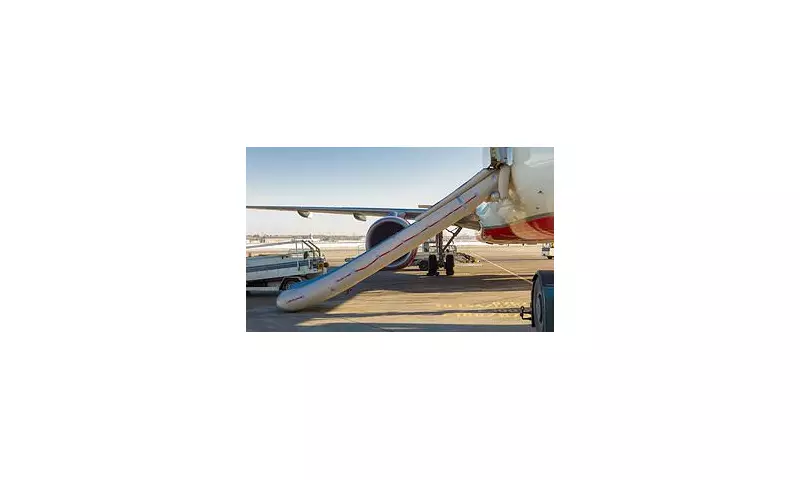
A routine flight turned into a costly nightmare when cabin crew accidentally deployed an emergency evacuation slide mid-journey, creating chaos in the skies and leaving the airline facing a five-figure repair bill.
The High-Flying Blunder That Grounded a Flight
In what aviation experts are calling a "catastrophic but avoidable" error, flight attendants triggered the emergency mechanism during what should have been standard cabin procedures. The sudden deployment sent the massive slide inflating within the aircraft, startling passengers and crew alike.
The incident forced an emergency diversion to the nearest available airport, where the aircraft was taken out of service for extensive safety checks and repairs.
Financial Turbulence for Airlines
Industry insiders reveal that such mistakes come with staggering financial consequences:
- Emergency slide repacking and recertification costs: £5,000-£15,000
- Aircraft downtime and lost revenue: £10,000-£50,000 per day
- Passenger compensation and rebooking expenses: Variable costs
- Additional crew accommodation and logistics
"These incidents highlight the immense pressure cabin crew operate under," explains aviation safety consultant Michael Roberts. "While training is extensive, human error remains a constant challenge in high-stress environments."
Passenger Experience: From Routine to Chaos
Witnesses described the cabin descending into confusion as the slide rapidly inflated. "One moment we were enjoying our flight, the next there was this massive orange structure blocking the aisle," recalled one passenger. "The crew handled it professionally, but you could see the shock on their faces."
The aircraft landed safely at the diversion airport, but passengers faced significant delays as alternative travel arrangements were made.
Industry Response and Safety Protocols
Aviation authorities have launched an investigation into the incident, examining whether current safety protocols require updating. Airlines are now reviewing their training procedures to prevent similar costly mistakes.
"This serves as a stark reminder that every action in aviation has consequences," notes Roberts. "What might seem like a simple procedure can quickly escalate into a major incident with substantial financial and operational impacts."





